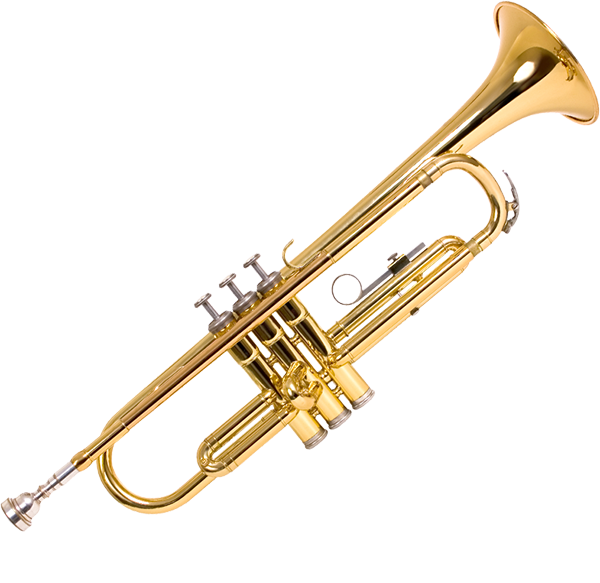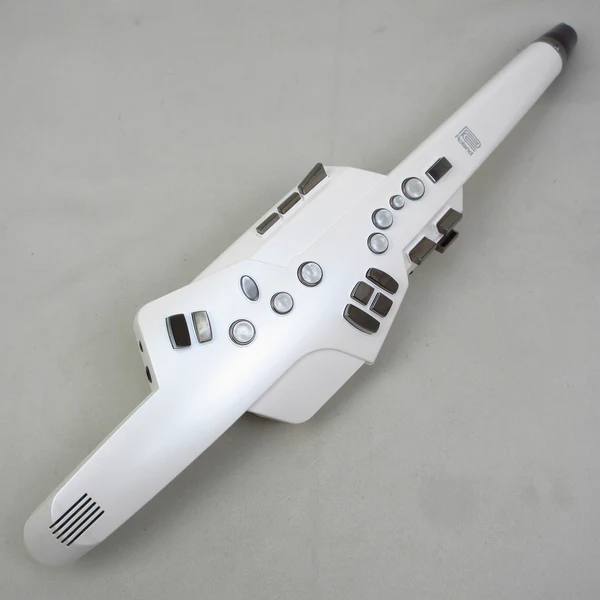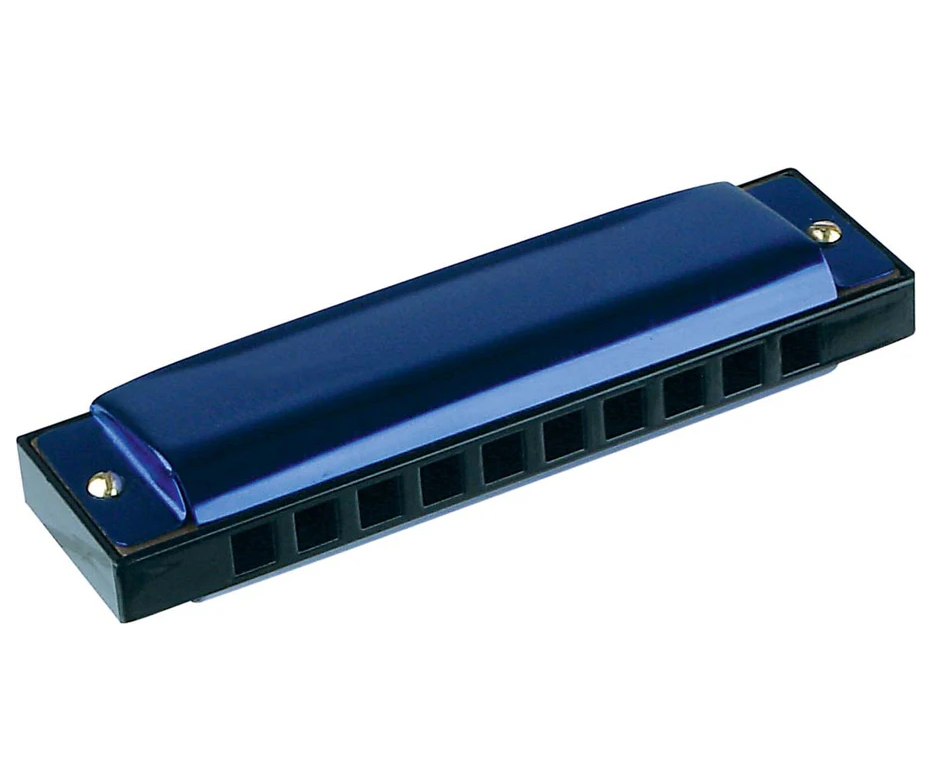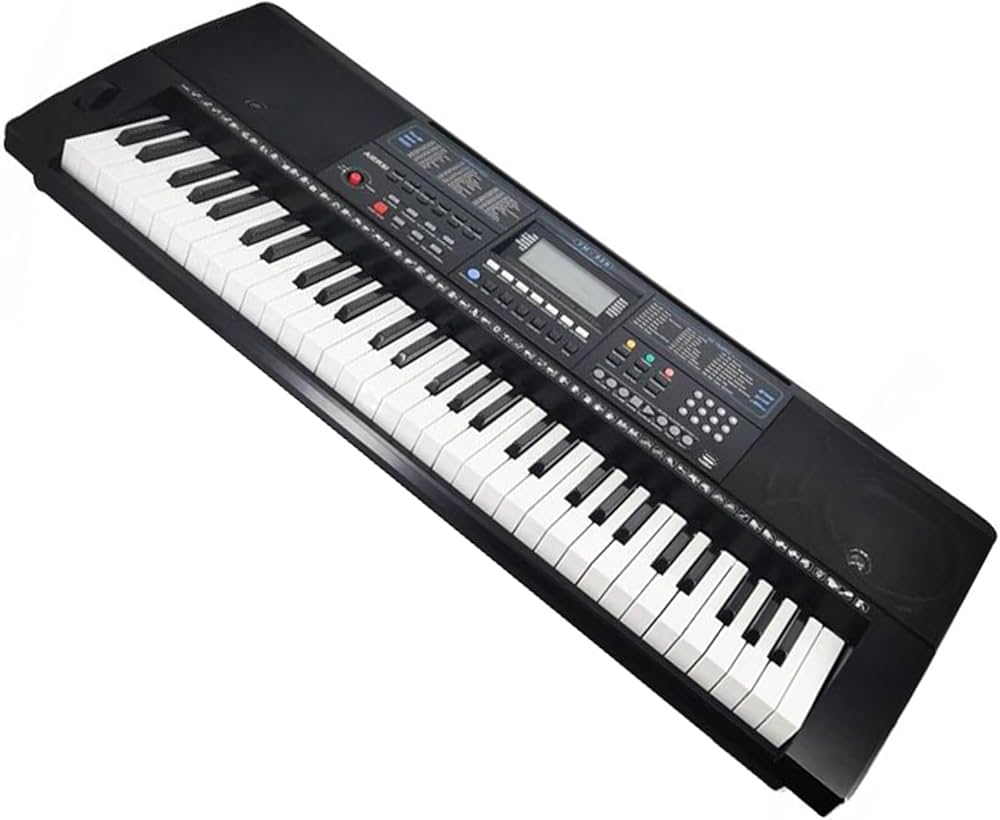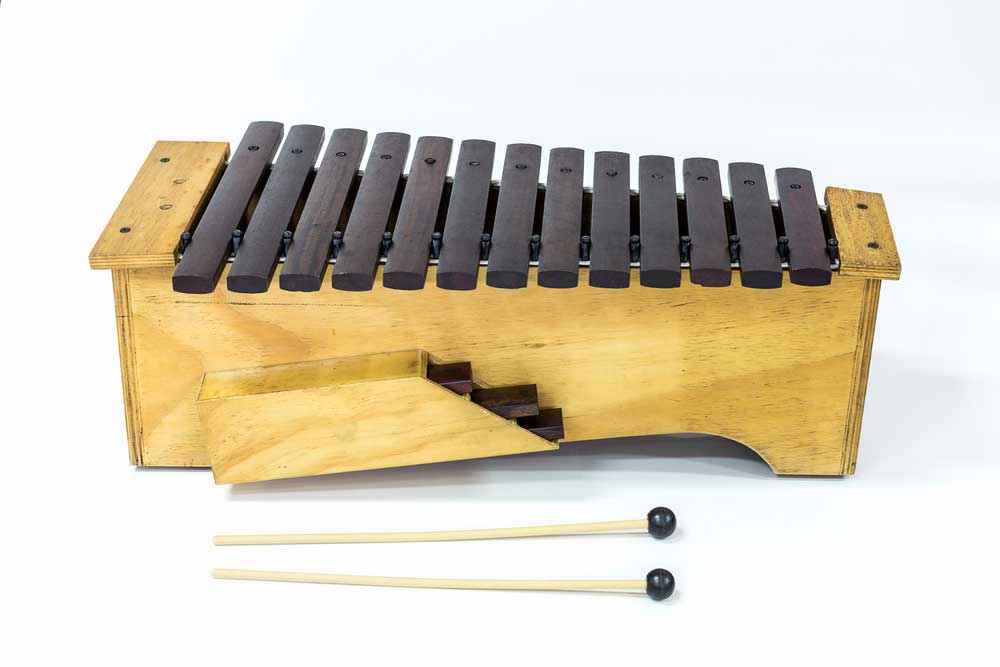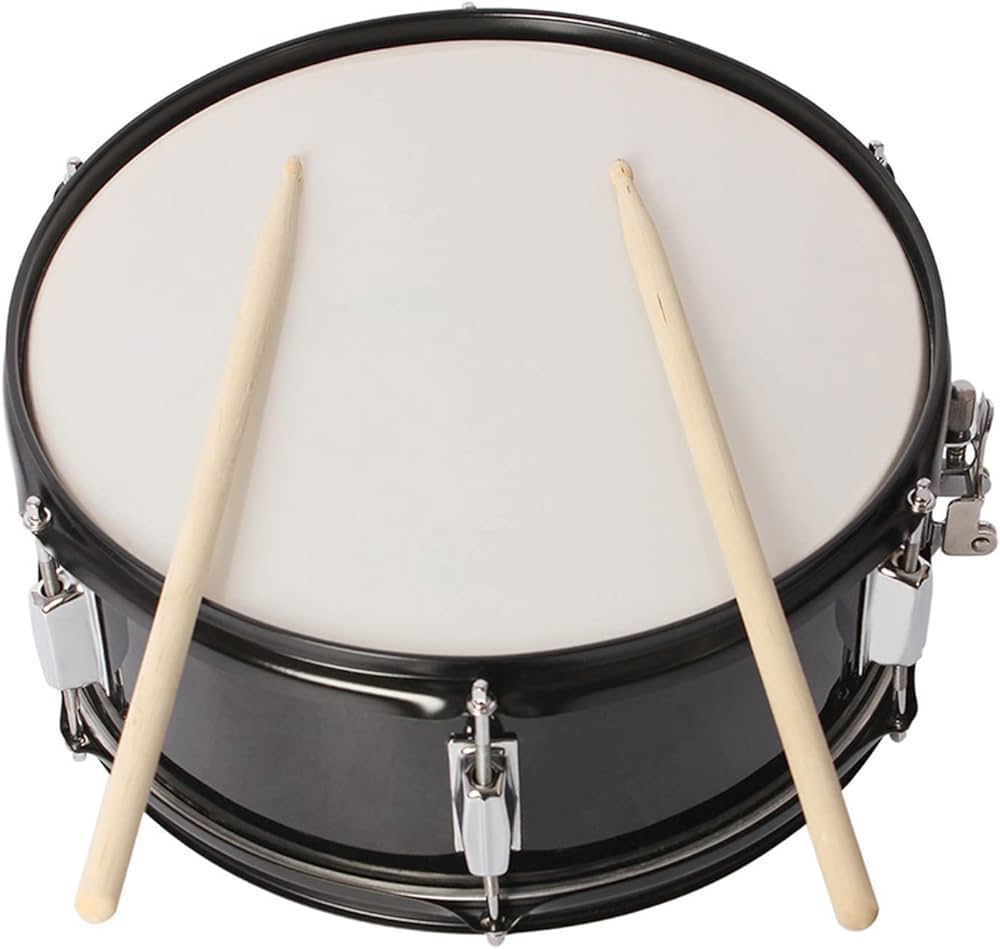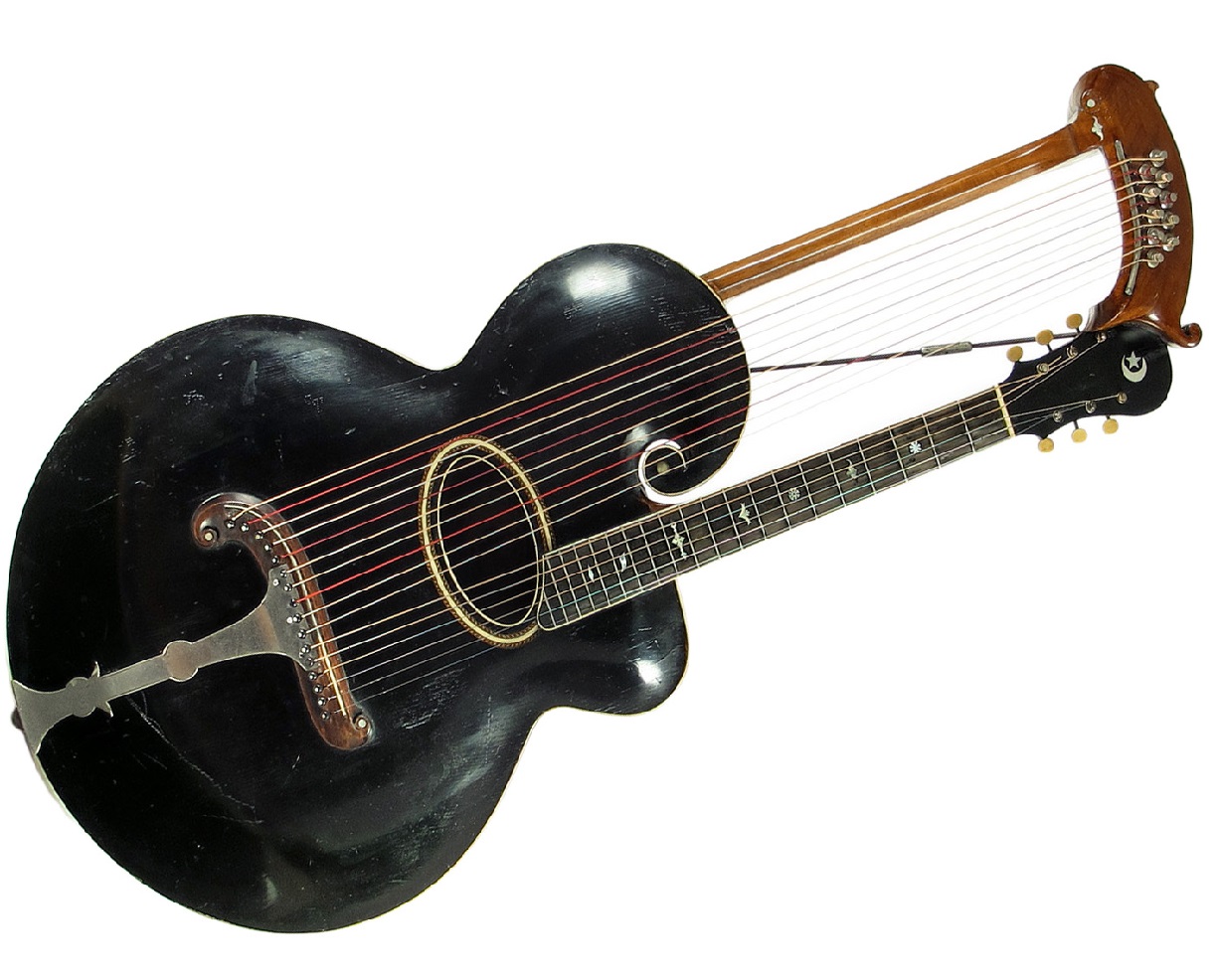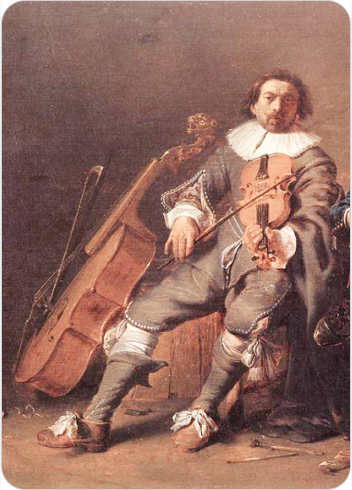Harp guitar
Plucked Instruments
Europe
Between 1001 and 1900 AD
Video
The harp guitar, a captivating and complex stringed instrument, represents a fascinating confluence of guitar and harp traditions. It’s not merely a guitar with extra strings; it’s a meticulously crafted hybrid, designed to produce a rich, expansive soundscape that few other instruments can replicate. This instrument, with its distinctive silhouette and resonant voice, has captivated musicians and listeners for centuries, weaving its way through diverse musical genres and cultural landscapes.
Description and Type of Instrument
The harp guitar is a multi-stringed instrument that combines features of both the guitar and the harp. At its core, it retains the familiar six-string neck of a standard guitar, allowing for conventional guitar playing techniques. However, what sets it apart is the addition of an open, unstopped string section, typically mounted on an extended or separate soundbox, resembling the strings of a harp. These “sub-bass” or “super-treble” strings, depending on their tuning and placement, resonate sympathetically with the guitar strings, adding depth, complexity, and a shimmering quality to the overall sound. The harp guitar is classified as a chordophone, meaning its sound is produced by vibrating strings. It falls within the broader category of plucked string instruments, sharing characteristics with guitars, lutes, and harps. However, its unique hybrid design places it in a distinct subcategory, often referred to as a “compound” or “hybrid” string instrument. The instrument’s versatility allows it to be used in various musical contexts, from solo performances to ensemble settings, making it a valuable tool for composers and performers seeking to expand their sonic palette.
History – A Global Journey Through Centuries
The history of the harp guitar is a tapestry woven from threads of innovation and adaptation across continents and centuries. While its precise origins remain somewhat shrouded in mystery, evidence suggests that the concept of combining guitar and harp elements emerged gradually over time. In Europe, precursors to the modern harp guitar can be traced back to the late 18th and early 19th centuries. During this period, luthiers experimented with adding extra bass strings to guitars, often using extensions to the existing soundbox or creating separate resonating chambers. These early attempts, while rudimentary compared to later designs, laid the groundwork for the development of more sophisticated harp guitars. The 19th century witnessed a surge in the popularity of the harp guitar, particularly in Europe and North America. In Europe, countries like Italy, Germany, and Austria became centers of harp guitar production, with renowned luthiers crafting increasingly elaborate and refined instruments. The instrument’s popularity coincided with the rise of romanticism in music, which emphasized expressive melodies and rich harmonies, qualities that the harp guitar was well-suited to deliver. In North America, the harp guitar also gained traction, particularly in the late 19th and early 20th centuries. American luthiers, such as the Larson Brothers and Dyer & Stahl, played a pivotal role in developing and popularizing the instrument, creating distinctive designs that reflected the American musical landscape. The harp guitar’s popularity peaked in the early 20th century, coinciding with the rise of popular music genres like ragtime and early jazz. However, its popularity declined in the mid-20th century, as electric guitars and other instruments gained prominence. Despite this decline, the harp guitar has experienced a resurgence in recent decades, with a growing number of musicians and luthiers rediscovering its unique qualities and exploring its potential in contemporary music.
Construction and Design: An Intricate Art
The construction of a harp guitar is a complex and demanding process, requiring the skills of experienced luthiers. The instrument’s design involves integrating the features of a standard guitar with those of a harp, creating a harmonious blend of functionality and aesthetics. The guitar portion of the instrument typically follows the same construction principles as a standard acoustic guitar, featuring a soundboard, back, sides, neck, and fingerboard. However, the harp portion necessitates significant modifications and additions. The most common design involves extending the soundboard or creating a separate soundbox to accommodate the harp strings. This extension, often referred to as the “arm” or “treble extension,” can vary in size and shape, depending on the number and tuning of the harp strings. The harp strings themselves are typically made of steel or nylon, and they are attached to a separate bridge and tuning mechanism. The tuning mechanism can range from simple pegs to more complex machine heads, allowing for precise adjustments to the string tension. The internal bracing of the harp guitar is also crucial for its structural integrity and tonal quality. Luthiers carefully design the bracing pattern to distribute the tension of the strings and to optimize the resonance of the soundboard.
The choice of tonewoods plays a significant role in the instrument’s sound. Spruce is commonly used for the soundboard, as it offers a balanced combination of strength and flexibility. Maple, rosewood, and mahogany are often used for the back and sides, contributing to the instrument’s overall tonal character. The neck of the harp guitar is typically made of mahogany or maple, and it features a fingerboard made of ebony or rosewood. The fingerboard may be fretted or fretless, depending on the player’s preference. The overall design of the harp guitar is often influenced by the luthier’s personal style and the specific musical requirements of the player. Some luthiers favor elaborate ornamentation and decorative inlays, while others prefer a more minimalist approach.
Types of Harp Guitars: Variations on a Theme
The harp guitar encompasses a diverse range of designs and configurations, reflecting the creativity and innovation of luthiers across different regions and eras. While the basic concept of combining guitar and harp elements remains consistent, variations in the number, tuning, and placement of the harp strings, as well as in the overall shape and size of the instrument, have resulted in a wide array of harp guitar types. One of the most common types is the sub-bass harp guitar, which features extra bass strings that extend below the range of the standard guitar strings. These strings are typically tuned to lower pitches, adding depth and resonance to the bass register. Another type is the super-treble harp guitar, which features extra treble strings that extend above the range of the standard guitar strings. These strings are typically tuned to higher pitches, adding brilliance and clarity to the treble register. Some harp guitars feature both sub-bass and super-treble strings, creating an even wider range of tonal possibilities. These instruments are often referred to as double-neck harp guitars or multi-neck harp guitars. The number of harp strings can also vary significantly, ranging from a few to dozens. The tuning of the harp strings is another important aspect of harp guitar design. Some luthiers prefer to tune the harp strings chromatically, while others prefer diatonic or other non-standard tunings. The choice of tuning can significantly impact the instrument’s sound and playing style. The shape and size of the harp guitar can also vary, depending on the luthier’s design and the player’s preferences. Some harp guitars feature a traditional guitar shape, while others have more elaborate and unconventional designs. The size of the instrument can also vary, with some harp guitars being larger than standard guitars to accommodate the extra strings and soundbox.
Characteristics: A Symphony of Sound
The harp guitar possesses a unique set of characteristics that distinguish it from other stringed instruments. Its most notable characteristic is its expansive tonal range, which results from the combination of guitar and harp strings. The extra harp strings add depth, complexity, and a shimmering quality to the overall sound, creating a rich and immersive sonic experience. The harp guitar’s resonance is another important characteristic. The large soundboard and extended soundbox contribute to the instrument’s powerful and sustained tone. The harp strings resonate sympathetically with the guitar strings, adding a chorus-like effect that enhances the instrument’s overall resonance. The harp guitar’s versatility is also a key characteristic. Its ability to produce a wide range of sounds and musical textures makes it suitable for various musical genres, from classical and folk to contemporary and experimental music.
The harp guitar’s playing style is also unique. It requires a combination of guitar and harp techniques, allowing players to create complex harmonies and melodies. The harp strings can be plucked, strummed, or arpeggiated, adding a harp-like quality to the guitar’s sound. The harp guitar’s visual appeal is another important characteristic. Its distinctive silhouette and elaborate design make it a visually stunning instrument. The combination of guitar and harp elements creates a unique aesthetic that is both elegant and captivating. The harp guitar’s rarity and historical significance also contribute to its unique characteristics. Its limited production and association with renowned luthiers and musicians have made it a highly sought-after instrument among collectors and enthusiasts.
The harp guitar’s ability to evoke a sense of nostalgia and romance is another characteristic that sets it apart. Its association with the romantic era in music and its use in various cultural traditions have imbued it with a sense of history and tradition. The harp guitar’s adaptability to modern music is a testament to its enduring appeal. Contemporary musicians are exploring new ways to use the instrument, incorporating it into various genres and styles. The harp guitar’s ability to blend traditional and modern elements makes it a valuable tool for composers and performers seeking to push the boundaries of musical expression. The harp guitar’s future is bright, with a growing number of musicians and luthiers rediscovering its unique qualities and exploring its potential. As the instrument continues to evolve and adapt to the changing musical landscape, it is sure to captivate audiences for generations to come.
Construction and Design Variations
The harp guitar’s construction is a fascinating study in lutherie, encompassing a wide range of designs and variations. The fundamental concept involves integrating a standard guitar body and neck with an additional frame to support the harp strings. However, the specific implementation of this concept has resulted in a plethora of unique and innovative designs. One of the most common variations is the sub-bass harp guitar, featuring a set of unstopped bass strings extending from the guitar’s lower bout. These strings, typically tuned to lower pitches than the standard guitar strings, add a resonant depth and harmonic foundation to the instrument’s sound. Another variation is the super-treble harp guitar, which incorporates a set of unstopped treble strings extending from the upper bout. These strings contribute a shimmering and ethereal quality to the instrument’s sound, adding a layer of harmonic complexity to the overall texture. Some harp guitars feature both sub-bass and super-treble sections, creating an even wider range of sonic possibilities. The number of harp strings can also vary significantly, ranging from a few to dozens, depending on the desired tonal complexity and the luthier’s design. The materials used in harp guitar construction are also diverse, encompassing traditional tonewoods such as spruce, cedar, and rosewood, as well as more exotic materials. The bracing patterns within the guitar body and harp frame play a crucial role in shaping the instrument’s tone and resonance, contributing to its overall sonic character.
The design of the headstock and tuning mechanisms also varies, accommodating the additional strings and ensuring stable tuning. The neck profile and fingerboard dimensions are typically similar to those of standard guitars, allowing players to utilize familiar techniques. The bridge and saddle designs are also adapted to accommodate the additional strings and optimize their resonance. The overall aesthetic of the harp guitar is often a reflection of the luthier’s craftsmanship and the player’s personal preferences, with intricate inlays, decorative purflings, and custom finishes adding to the instrument’s visual appeal. The harp guitar’s construction and design variations are a testament to the ingenuity of luthiers and the evolving needs of musicians, resulting in a diverse array of instruments that offer a unique and expressive voice.
Playing Techniques and Sound Modifications
Playing the harp guitar requires a unique blend of standard guitar techniques and specialized skills for managing the harp strings. Fingerstyle techniques are particularly well-suited to the instrument, allowing players to independently control the melody, harmony, and bass lines. The thumb is often used to pluck the sub-bass strings, while the fingers handle the standard guitar strings and the super-treble strings, if present. The harp strings can be used to create drones, arpeggios, and percussive effects, adding a layer of harmonic complexity and rhythmic interest to the music. Alternate tunings are commonly employed to expand the instrument’s tonal range and create unique harmonic textures. The harp strings can be tuned to various intervals, creating sympathetic resonances and adding depth to the overall sound. The use of harmonics, both natural and artificial, can further enhance the instrument’s sonic palette. Percussive techniques, such as tapping and slapping the guitar body and harp frame, can create rhythmic accents and add a dynamic element to the performance.
The harp strings can also be muted or dampened to create subtle variations in tone and sustain. Sound modifications can be achieved through the use of various effects pedals and amplification techniques. Reverb, delay, and chorus effects can add depth and spaciousness to the instrument’s sound. Equalization and compression can be used to shape the tonal balance and dynamics of the performance. The use of microphones and pickups can capture the nuances of the harp guitar’s sound, allowing for precise control over the amplified signal. The placement of microphones and the choice of pickup types can significantly impact the instrument’s amplified tone. The use of loopers and other digital effects can create layered soundscapes and complex arrangements. The harp guitar’s unique sonic characteristics make it a versatile instrument for a wide range of musical styles, from intimate solo performances to large ensemble settings.
Applications in Music
The harp guitar has found applications in a diverse range of musical genres, from classical and folk to contemporary fingerstyle and experimental music. In classical music, the harp guitar has been used to perform transcriptions of orchestral and piano works, as well as original compositions. Its ability to produce both melodic and harmonic textures simultaneously makes it a compelling instrument for solo performances and chamber music settings. In folk music, the harp guitar has been used to accompany traditional songs and create intricate instrumental arrangements. Its resonant tone and percussive capabilities make it well-suited to acoustic performances. In contemporary fingerstyle music, the harp guitar has become a popular instrument for solo performers seeking to create unique and evocative soundscapes. Its expanded range and harmonic depth allow for the creation of complex and layered compositions. In experimental music, the harp guitar has been used to explore new sonic territories and push the boundaries of traditional instrumental techniques. Its unique sonic characteristics and percussive capabilities make it a versatile instrument for creating unconventional soundscapes. The harp guitar has also been used in film scores and soundtrack recordings, adding a distinctive and evocative sound to cinematic productions. Its ability to create both melodic and atmospheric textures makes it a valuable tool for composers seeking to create emotional and immersive soundtracks. The harp guitar’s versatility and expressive capabilities have made it a valuable instrument for a wide range of musical applications, from intimate solo performances to large ensemble settings.
Most Influential Players
The harp guitar’s history is replete with influential players who have contributed to its development and popularity. Michael Hedges, a pioneer of contemporary fingerstyle guitar, incorporated the harp guitar into his innovative and experimental compositions, pushing the boundaries of traditional playing techniques. Andy McKee is another contemporary fingerstyle guitarist who has popularized the harp guitar through his virtuosic performances and intricate compositions, showcasing the instrument’s versatility and expressive capabilities. Stephen Bennett, a dedicated harp guitar player and luthier, has played a significant role in promoting the instrument through his performances, recordings, and educational initiatives. John Doan, a renowned harp guitarist and historian, has extensively researched and documented the instrument’s history, contributing to its preservation and revival. Antoine Dufour is a Canadian fingerstyle guitarist who uses the harp guitar for some of his innovative compositions. Muriel Anderson, known for her fingerstyle and classical guitar work, also utilizes the harp guitar in her performances. These players, among others, have demonstrated the harp guitar’s potential as a solo instrument and have contributed to its growing popularity among musicians and audiences worldwide. Their innovative techniques and expressive performances have inspired a new generation of harp guitar players and have expanded the instrument’s repertoire.
Maintenance and Care
Maintaining a harp guitar requires careful attention to its delicate construction and unique characteristics. Regular cleaning and polishing can help to preserve the instrument’s finish and prevent damage from dust and grime. The strings should be changed regularly to ensure optimal tone and intonation. The harp strings, in particular, may require more frequent changes due to their exposure to environmental factors. The tuning mechanisms should be checked regularly for stability and smooth operation. The bridge and saddle should be inspected for wear and tear, and any necessary adjustments should be made. The neck should be checked for proper relief and adjusted as needed to ensure comfortable playability. The harp frame should be inspected for any signs of damage or instability. The instrument should be stored in a climate-controlled environment to prevent damage from temperature and humidity fluctuations. A hard case is essential for protecting the harp guitar during transport and storage. Regular inspections by a qualified luthier can help to identify and address any potential problems before they become serious. Proper maintenance and care can help to ensure that the harp guitar remains in optimal condition for years to come.
Cultural Significance
The harp guitar’s cultural significance extends beyond its musical applications, encompassing its historical role in shaping musical traditions and its symbolic representation of innovation and craftsmanship. The instrument’s development and evolution reflect the changing tastes and technological advancements of different eras. Its association with specific musical genres and cultural movements has contributed to its enduring appeal. The harp guitar’s unique appearance and sonic characteristics have made it a symbol of musical artistry and creativity. Its presence in popular culture, including film, television, and literature, has further enhanced its cultural significance. The instrument’s role in preserving and transmitting musical traditions has contributed to its cultural value.
FAQ
What materials are used to construct a Harp Guitar?
Harp guitars are typically crafted from tonewoods such as spruce or cedar for the top and mahogany, rosewood, or maple for the back and sides. The neck is often mahogany, with an ebony or rosewood fretboard. The harp strings are steel or nylon, complementing the guitar’s resonance.
How does a Harp Guitar differ in sound from a regular guitar?
A Harp Guitar produces a richer, fuller sound due to its additional unstopped bass strings. These extra strings resonate sympathetically, enhancing sustain and depth. The instrument blends traditional guitar tones with harp-like resonance, making it ideal for fingerstyle and solo performances.
What are the main applications of the Harp Guitar in music?
The Harp Guitar is used in classical, folk, fingerstyle, and experimental music. Its extended range allows for intricate melodies and bass accompaniment, making it popular among soloists and composers seeking a unique sound palette.
 Links
Links
References
Other Instrument
Categories

